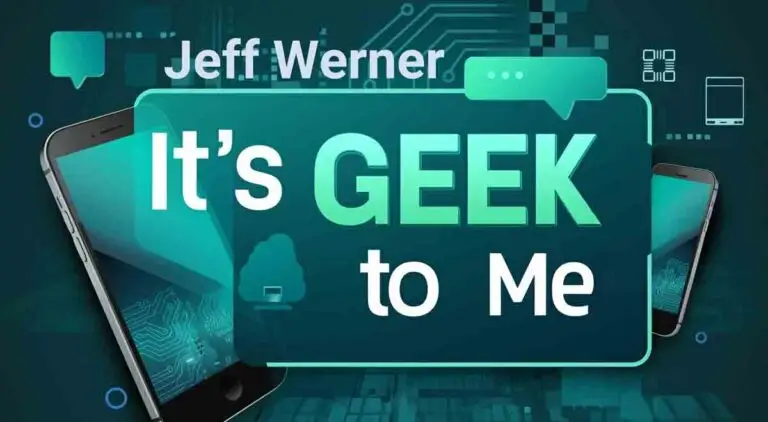FLORIDA — This week, It’s Geek to Me columnist Jeff Werner kicks off a two-part guide to cord cutting: ditching cable or satellite TV in favor of digital and streaming alternatives.
QUESTION:
This week’s column is a special edition. No question submitted—just pure tech insight.
ANSWER:
So, it finally happened this week. My queue of questions reached a quantity of zero, leaving me with literally no questions to answer. I have plenty of tech knowledge to pass along though, so I’ll pull from there and see what comes out. In the meantime, please—if you’re sitting on an unasked question, or even if you have an idea for one of these questionless issues such as this one, please hop onto the column’s website and send it in.
This week’s column is part one of a two-part series that will provide information about pulling the plug on cable and satellite, a practice known as cord-cutting. It’s not only possible to maintain your quality of entertainment with this practice, but more and more people are taking this route.
In fact, by and large among young adults, this is becoming the norm, while cable is becoming an anachronism.
Cutting the cord can take a little getting used to, depending on how you choose to continue to receive your entertainment, but in almost every case, you’ll pay a lot less than you currently do while still being able to watch all your favorite shows. Hopefully this column will provide you with a new perspective and help you to make a decision.
When considering whether to cut the cord, the obvious alternative choice is streaming content, and there are a lot—emphasize a lot—of streaming services available. In order to get a full cable-like experience, you will probably need more than one service. Almost all of these services offer a free trial period so you can test-drive them to see what fits your needs.
Let me be clear on one thing: you don’t “need” streaming services in order to cut the cord. Ever since the FCC mandated the switch to digital television in June 2009, digital stations have increased in number, and with a good digital antenna, many people find they can pull in as many as 20 or 30 channels.
If you want to watch what used to be cable-only television, such as History, Discovery, Disney+, and so on, then streaming is your only option. I’ll discuss all of the requirements to do that.
The alternative to antenna-based TV is a streaming service. Again, you don’t necessarily need one, and many cord-cutters manage just fine without one. But if you want to stream live TV from local channels, as well as live events from channels like ESPN, then a streaming service is your answer. The availability of these live TV streaming services is constantly growing.
A few examples include YouTube TV, Sling TV, and Hulu. There are far more than these out there, and they vary in price, features, and content they carry. For example, not all services carry local channels, so if watching your local newscast or getting local weather reports is important to you, make sure to choose one that provides these options.
One thing people often worry about when cutting the cord is losing their DVR. Fear not! Direct streaming providers’ content is on-demand. That means you can watch content whenever you want, and as many times as you want, exactly as if you had it recorded locally.
For live content (think local stations, the “big-three,” and Fox, plus some others), many streaming services have built-in DVR-like options that allow you to record shows and play them back later. The difference is that the DVR is virtual, so there’s no physical device in your home—which also means there is nothing to break, go obsolete, or run out of warranty.
That’s all for this week. In part two of this column, I’ll explain and discuss options for the streaming device you’ll need to watch Internet content, as well as what type and speed of Internet connection streaming requires.
In the meantime, for geekness’ sake, please send me some questions! The column’s 18th anniversary is coming up in a few weeks, and it’s feeling a little underappreciated. Show it some love, fans!
Speaking of anniversaries, Happy 249th Birthday, America! Now, everybody go and do a Google search on “United States Semiquincentennial” and learn how significant the coming year will be! As someone who lived through and remembers the Bicentennial in 1976, I can tell you, it should be quite spectacular!
To view additional content, comment on articles, or submit a question, visit my website at ItsGeekToMe.co (not .com!)
Jeff Werner, a software engineer based in Niceville, Florida, has been writing his popular “It’s Geek to Me” tech column since 2007. He shares his expertise to help readers solve everyday tech challenges.







